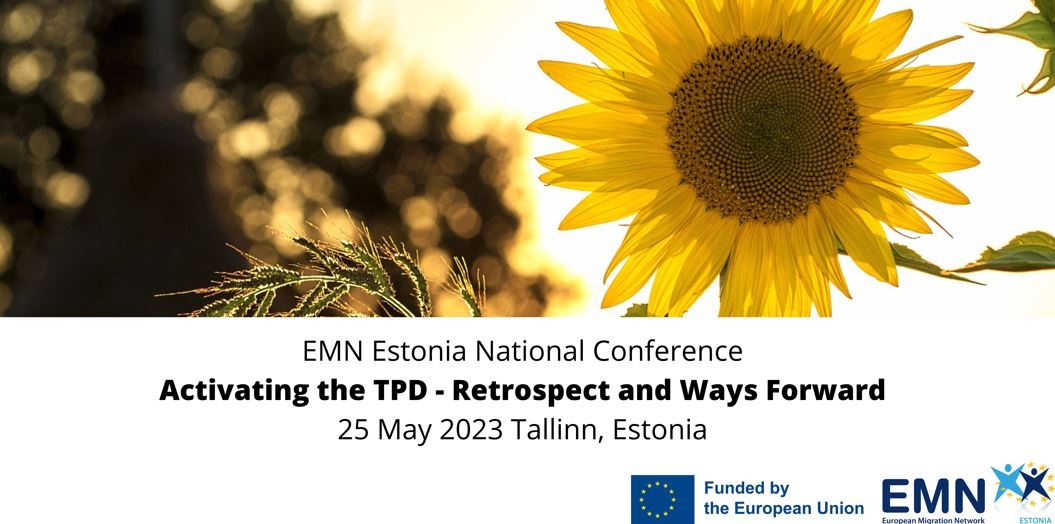Conference of EMN Estonia: Activating the TPD – Retrospect and Ways Forward
Eesti

Russia ´ s full-scale aggression against Ukraine has led to the largest movement of refugees since the World War II. Conflict in Ukraine has caused civilian casualties, destruction of civilian infrastructure and disruptions of international trade in energy and food supplies. According to UNHCR Operational Data Portal, as of 7th March 2023, 4 890 639 refugees from Ukraine have registered for temporary protection or similar national protection schemes in Europe and more than 8 million refugees have been recorded across Europe. Most fleeing from the war have settled in neighbouring countries (approximately 24% in Poland, 23% in Germany and 11% in Czech Republic). Compared with the population of each EU Member State, the highest ratio of Ukraine war refugees granted temporary protection per thousand have been recorded in Cyprus (1,0), Estonia and Poland (both 0,8).
As a landmark decision, on 4th of March 2022, the Council of the EU unanimously activated the Temporary Protection Directive (TPD) for the first time. Marking one year since the activation of the TPD, EU Member States have either activated the TPD or applied similar schemes to provide security and social guarantees such as the right to education, employment, medical care and emergency assistance. As a year has passed since activating the TPD, it is possible for the host countries to reflect upon the challenges and lessons learnt so far.
While Russian offensive is still ongoing, the outcome of the war remains uncertain. Even though majority of refugees wish to go back to their homeland, it is not yet possible to go back in a safe and sustainable way. At the same time, human capital of the displaced millions will be essential for restoration and recovery of Ukraine. This leads to questions related to long-term solutions for war refugees in host societies and the future of Ukraine.
As more than a year has passed since activating the TPD, EMN Estonia National Conference seeks to answer these questions by dedicating half-day to retrospect and conclusions via experiences of our own as well as neighbouring countries and another half-day for future scenarios and ways forward. The conference aims to bring together policy-makers, representatives from EU Institutions/Agencies, practitioners, academics and experts from Member States and beyond.
Conference Recording